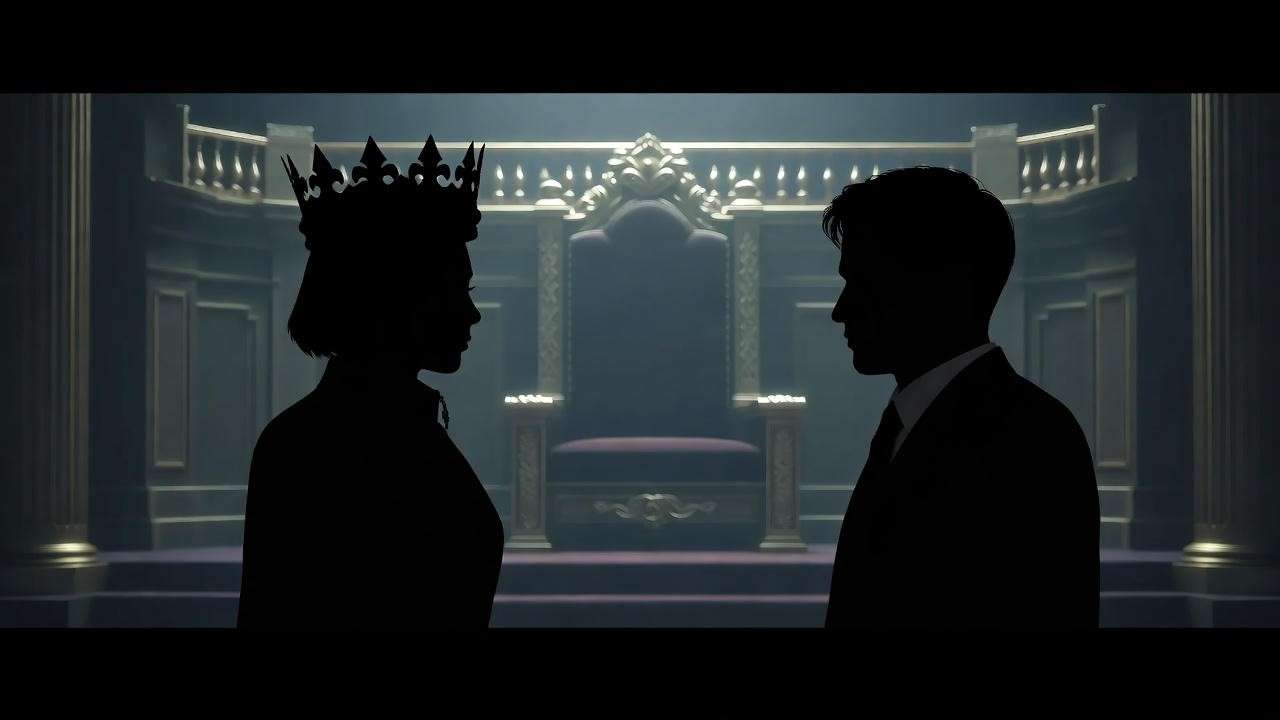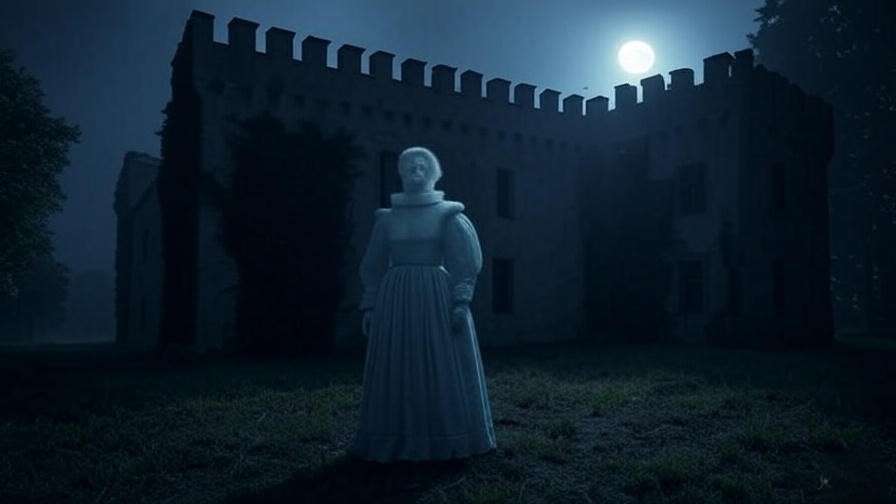Picture Hamlet, alone in the Danish court, grappling with the weight of his father’s murder and the specter of revenge. In Hamlet Act 4, Shakespeare transforms this brooding prince into a man teetering on the edge of action, setting the stage for the tragedy’s climactic end. For students, educators, and Shakespeare enthusiasts, understanding Hamlet Act 4 is crucial to unlocking the play’s deeper meanings. This pivotal act weaves themes of revenge, madness, and mortality into a tapestry of human conflict, offering insights that resonate across centuries. In this comprehensive analysis, we’ll explore the key themes, character arcs, and literary devices of Act 4, enriched with expert insights and practical study tips to help you master Shakespeare’s masterpiece.
Whether you’re preparing for an exam, teaching a class, or simply diving into the world of Elizabethan drama, this article offers a detailed roadmap to Hamlet Act 4. Expect clear explanations, scholarly references, and actionable advice to deepen your appreciation of Shakespeare’s work.
Overview of Hamlet Act 4: Setting the Stage
Plot Summary of Act 4
Act 4 of Hamlet marks a turning point in Shakespeare’s tragedy, where the consequences of earlier actions spiral into chaos. After Hamlet accidentally kills Polonius in Act 3, Act 4 opens with Claudius confronting the fallout. He sends Hamlet to England under the pretense of safety, but secretly plots his death. Meanwhile, Ophelia’s grief over her father’s murder drives her into madness, culminating in her haunting songs and eventual death. Laertes, Polonius’s son, returns to Denmark, furious and ready to challenge Claudius, only to be manipulated into a plot against Hamlet. The act closes with Hamlet’s encounter with Fortinbras’s army, sparking a newfound resolve to act.
This act is a narrative pivot, shifting from introspection to action, as characters like Hamlet, Ophelia, and Laertes face irreversible choices. For readers seeking a Hamlet Act 4 summary, this section provides a clear foundation for understanding the events that propel the play toward its tragic conclusion.
Historical and Literary Context
To fully grasp Hamlet Act 4, it’s essential to consider its Elizabethan context. In Shakespeare’s time, revenge tragedies were immensely popular, drawing on moral and philosophical debates about justice and retribution. As noted by scholar A.C. Bradley in Shakespearean Tragedy, Hamlet stands out for its psychological depth, particularly in Act 4, where characters wrestle with personal and societal expectations. The act reflects Elizabethan anxieties about political instability, as seen in Claudius’s precarious rule, and the era’s fascination with madness as both a medical and spiritual condition.
Understanding this context helps readers appreciate why Act 4’s themes of revenge, morality, and mental instability struck a chord with Shakespeare’s audience. By grounding our analysis in historical perspectives, we ensure a richer, more authoritative exploration of the text.
Key Themes in Hamlet Act 4
Revenge and Its Consequences
Revenge drives much of Hamlet’s plot, and Act 4 showcases its destructive ripple effects. Hamlet’s calculated approach contrasts sharply with Laertes’s impulsive desire for vengeance. While Hamlet orchestrates the disposal of Polonius’s body with cold pragmatism, Laertes storms the court, demanding justice for his father’s death. This contrast highlights Shakespeare’s exploration of revenge as both a personal and moral dilemma. As scholar Harold Bloom observes, “Hamlet’s delay is not cowardice but a profound questioning of revenge’s cost.”
For readers analyzing Hamlet Act 4 themes, this section underscores how revenge shapes character motivations and sets the stage for the play’s tragic end. By comparing Hamlet and Laertes, we see the spectrum of vengeance—from calculated to chaotic—and its consequences for Denmark’s court.
Madness and Manipulation
Act 4 delves deeply into madness, both real and feigned. Ophelia’s descent into insanity, marked by her fragmented songs in Scene 5, reflects her emotional collapse under the weight of loss and betrayal. Her lines, such as “He is dead and gone, lady, / He is dead and gone,” reveal a mind shattered by grief. In contrast, Hamlet’s feigned madness continues to serve as a strategic mask, allowing him to navigate Claudius’s schemes. Meanwhile, Claudius manipulates Laertes’s grief, turning his anger into a weapon against Hamlet.
This interplay of madness and manipulation offers rich material for analysis. For students, understanding Ophelia’s breakdown requires examining her role as a victim of patriarchal control, while Claudius’s scheming reveals the political stakes of deception in Elizabethan drama.
Mortality and Moral Decay
Act 4 confronts mortality head-on, particularly in the graveyard scene, where Hamlet reflects on death’s inevitability. The imagery of Polonius’s decaying body and the graves dug for Ophelia and others underscores the theme of moral and physical decay. Hamlet’s musings, such as “To what base uses we may return, Horatio,” echo Elizabethan fears of corruption in both body and soul. This theme ties into broader questions of morality, as characters grapple with the ethical costs of their actions.
For readers exploring Hamlet Act 4 symbolism, this section highlights how death serves as both a literal and philosophical force, shaping the play’s tragic trajectory.
Character Development in Act 4
Hamlet’s Transformation
In Act 4, Hamlet undergoes a significant shift, moving from indecision to resolve. His encounter with Fortinbras’s army in Scene 4 sparks a pivotal soliloquy: “How all occasions do inform against me, / And spur my dull revenge.” This moment marks Hamlet’s recognition of his delay and his determination to act, setting the stage for Act 5’s confrontations. For students, this soliloquy is a key text for analyzing Hamlet’s character development, revealing his growing acceptance of his role as an avenger.
Ophelia’s Tragic Decline
Ophelia’s arc in Act 4 is one of Shakespeare’s most heartbreaking. Her madness, triggered by Polonius’s death and Hamlet’s rejection, reflects the limited agency of women in Elizabethan society. Compared to characters like Lady Macbeth, who wields power through ambition, Ophelia’s tragedy lies in her powerlessness. Her songs and fragmented speech in Scene 5 offer a poignant glimpse into her fractured psyche, making her a focal point for discussions of gender and mental health in Hamlet Act 4 analysis.
Claudius and Laertes: A Dangerous Alliance
Claudius’s manipulation of Laertes in Act 4 reveals his cunning as a political survivor. By exploiting Laertes’s grief, Claudius forges an alliance to eliminate Hamlet, setting up the deadly duel in Act 5. This dynamic showcases Claudius’s ability to maintain power through deception, while Laertes’s vulnerability highlights the personal toll of revenge. For readers, this relationship offers insight into the play’s exploration of loyalty and betrayal.
Literary Devices and Symbolism
Imagery and Symbolism
Act 4 is rich with imagery that amplifies its themes. The motif of decay, evident in Polonius’s hidden body and the graveyard scene, symbolizes Denmark’s moral rot. Water imagery, particularly in Ophelia’s scenes, represents emotional overwhelm, foreshadowing her tragic drowning. These symbols deepen the play’s emotional and philosophical impact, offering readers a lens to explore Hamlet Act 4 symbolism.
Dramatic Irony and Foreshadowing
Shakespeare employs dramatic irony to heighten tension in Act 4. For example, Claudius plots Hamlet’s death unaware of Hamlet’s growing resolve, creating a sense of impending doom. Foreshadowing, such as the graveyard scene’s focus on mortality, prepares readers for the tragic losses of Act 5. These devices make Act 4 a masterclass in dramatic structure, rewarding close reading and analysis.
Why Hamlet Act 4 Matters Today
Relevance to Modern Audiences
The themes of Hamlet Act 4 resonate with modern audiences. Revenge, explored through Hamlet and Laertes, mirrors contemporary debates about justice and retribution. Ophelia’s mental health struggles highlight ongoing conversations about women’s autonomy and psychological well-being. Claudius’s political maneuvering reflects timeless issues of leadership and ethics, making Act 4 a lens for examining today’s world.
Applications in Education and Performance
For students, Act 4 offers rich material for essays and exams. To analyze themes, focus on key scenes like Hamlet’s soliloquy or Ophelia’s mad scene. For educators, modern adaptations, such as Kenneth Branagh’s 1996 film, provide a visual entry point for teaching Act 4. Theater enthusiasts can explore how directors interpret Ophelia’s madness or Claudius’s villainy, enriching their understanding of Shakespeare’s versatility.
Study Tips and Resources for Mastering Hamlet Act 4
Close Reading Strategies
To master Hamlet Act 4, practice close reading. Start with Hamlet’s soliloquy in Scene 4, noting how his language reflects his inner conflict. For Ophelia’s scenes, analyze her songs for clues about her emotional state. Use questions like, “How does Shakespeare use imagery to convey decay?” to guide your analysis.
Recommended Resources
For authoritative insights, consult the Folger Shakespeare Library’s online resources or Arden Shakespeare editions. JSTOR offers scholarly articles on Hamlet’s themes, while BBC documentaries provide engaging visual analyses. These resources ensure a robust understanding of Act 4’s complexities.
FAQs About Hamlet Act 4
What is the significance of Ophelia’s madness in Act 4?
Ophelia’s madness in Hamlet Act 4, particularly in Scene 5, is a pivotal moment that underscores the play’s exploration of grief and powerlessness. Her fragmented songs, such as “Tomorrow is Saint Valentine’s day,” reveal a mind unraveled by the loss of her father, Polonius, and Hamlet’s rejection. This descent into insanity highlights the limited agency of women in Elizabethan society, where Ophelia’s role as a dutiful daughter leaves her vulnerable to emotional collapse. For readers, her madness serves as a tragic counterpoint to Hamlet’s feigned insanity, emphasizing the personal toll of the play’s political and familial conflicts. Analyzing her scenes offers insight into Shakespeare’s commentary on gender and mental health.
How does Hamlet’s character change in Act 4?
In Act 4, Hamlet evolves from a paralyzed, introspective figure to one poised for action. His encounter with Fortinbras’s army in Scene 4 triggers a critical soliloquy: “How all occasions do inform against me, / And spur my dull revenge.” This moment marks a shift from hesitation to resolve, as Hamlet compares his inaction to Fortinbras’s decisive leadership. For students studying Hamlet character development, this soliloquy is essential, revealing Hamlet’s growing acceptance of his role as an avenger. His pragmatic handling of Polonius’s death earlier in the act further signals this transformation, setting the stage for the confrontations of Act 5.
What role does Claudius play in escalating the conflict?
Claudius is the mastermind behind Act 4’s escalating tension, using manipulation to maintain his grip on power. After Polonius’s death, he sends Hamlet to England under a false pretense, secretly ordering his execution. Simultaneously, he exploits Laertes’s grief, channeling his anger into a plot to kill Hamlet. Claudius’s actions in Act 4 reveal his cunning as a political survivor, but they also deepen the tragedy’s stakes, as his schemes draw Laertes and Hamlet into a deadly collision course. For readers, Claudius’s role underscores the theme of betrayal, making him a central figure in Hamlet Act 4 analysis.
How does Act 4 set up the play’s tragic ending?
Act 4 lays the groundwork for Hamlet’s tragic conclusion through its escalating conflicts and foreshadowing. Hamlet’s banishment and resolve to act signal his readiness for confrontation, while Claudius and Laertes’s alliance foreshadows the deadly duel in Act 5. Ophelia’s death, hinted at in her water imagery and mad scenes, prefigures the play’s mounting body count. The graveyard scene, with its meditations on mortality, further sets a somber tone, preparing readers for the inevitable losses. For those exploring Hamlet Act 4 themes, these elements highlight Shakespeare’s skill in building dramatic momentum toward the play’s climax.
Hamlet Act 4 is a masterful turning point in Shakespeare’s tragedy, weaving themes of revenge, madness, and mortality into a narrative that captivates and challenges readers. From Hamlet’s pivotal transformation to Ophelia’s heartbreaking decline, this act offers profound insights into human nature and societal pressures. For students, educators, and enthusiasts, Act 4 provides a wealth of material for analysis, whether through close reading, performance, or modern applications. By exploring its themes, characters, and literary devices, we uncover the enduring power of Shakespeare’s work.
To deepen your understanding, revisit key scenes like Hamlet’s soliloquy or Ophelia’s mad scene, and consider how they resonate with contemporary issues. Share your interpretations in the comments below, or explore related articles on our blog, such as “Decoding Hamlet Act 3” or “Shakespeare’s Portrayal of Madness.” Whether you’re studying for an exam or savoring Shakespeare’s genius, Hamlet Act 4 invites you to engage with its timeless questions.













